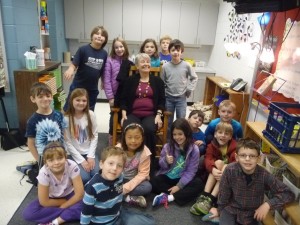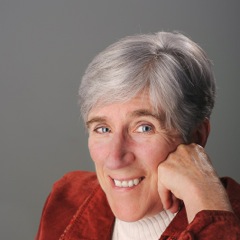Over the last month I have been nominated three times for a Lovely Blog Award. With life being the roller coaster that it is, it’s taken me until now to publicly say a big thank you to each of the following women for doing me that honor. Thank you to: Kathy Pooler, Mary Gottschalk, and Janet Givens. I so appreciate your encouraging support.
This award is wonderful way to honor folks we admire. There are what are called “rules” but they’re easy and no one who is nominated must respond or take part in moving it forward if they choose not to. This is not meant to overwhelm or make more work for anyone.
The rules:
Name and thank those who nominated you.
Share 7 things about yourself that others may not know.
Nominate 15 bloggers (or as many as you like) that you would like to pass the nomination on to.
Contact those bloggers and let them know that you have nominated them.
Just remember, we all know how life is and that we all sit in the shadow of overwhelm. So forgive my lateness in responding and let me say to those that I nominate below, that this is just my way of saying, “I love you and your blog. You don’t need to do anything more except keep blogging.”
Seven things about me:
1. Yesterday I turned 72 years old. I was born on November 17th, 1942, nine months after my parents married on Valentine’s Day of that same year.
2. My maiden name is Zabski, hence the Z. as my middle initial. In means FROG in Polish. I collect frogs of all sorts … not live ones. In junior high my friends called me “Froggy.”
3. Bill, my husband, and I will celebrate our 50th year of marriage on June 19, 2015. We dated each other for two years before we got married and we still love each other madly, most of the time. 🙂
4. I have two kids, Mark and Lisa. Lisa has presented me with 2 grandkids, Zoe and Noah. Mark has brought me a step-granddaughter, Casey McCarty.
5. Bill doesn’t allow me to go to the SPCA alone. My secret wish has been to have a place where I can take in homeless animals … dogs, cats, horses, whatever shows up. I’m doing my best with 2 dogs and 1 cat on a city lot. Beyond that, divorce. 🙁
6. I can be a bit of an overachiever. In fitness classes I often injure myself because I think I can do what the 25 year old working out next to me is doing.
7. I’m a bookaholic. If you need some reading material, come visit and take some books with you when you leave. But only the ones I’ve already read.
Now it’s time to pay the honor forward to other bloggers. I follow these folks on a regular basis. They inspire me and bring me new things to contemplate every time they blog. I hope you’ll visit them and enjoy them as much as I do.
Marian Beaman, at plainandfancygirl.com
Val Boyko, at findyourmiddleground.com
Laurie Buchanan, at tuesdayswithlaurie.com
Linda Hoye, at lindahoye.com
Jeri Leach, at arunningriver.wordpress.com
Jennifer Louden, at jenniferlouden.com
Sherrey Meyer, at sherreymeyer.com
Lisa Rough, (my daughter), at sacredcirclecreativelife.com
Becca Rowan, at beccarowan.com
Dorothy Sanders, at agingabundantly.com
Shirley Showalter, at shirleyshowalter.com
Krista Tippet, at onbeing.org





